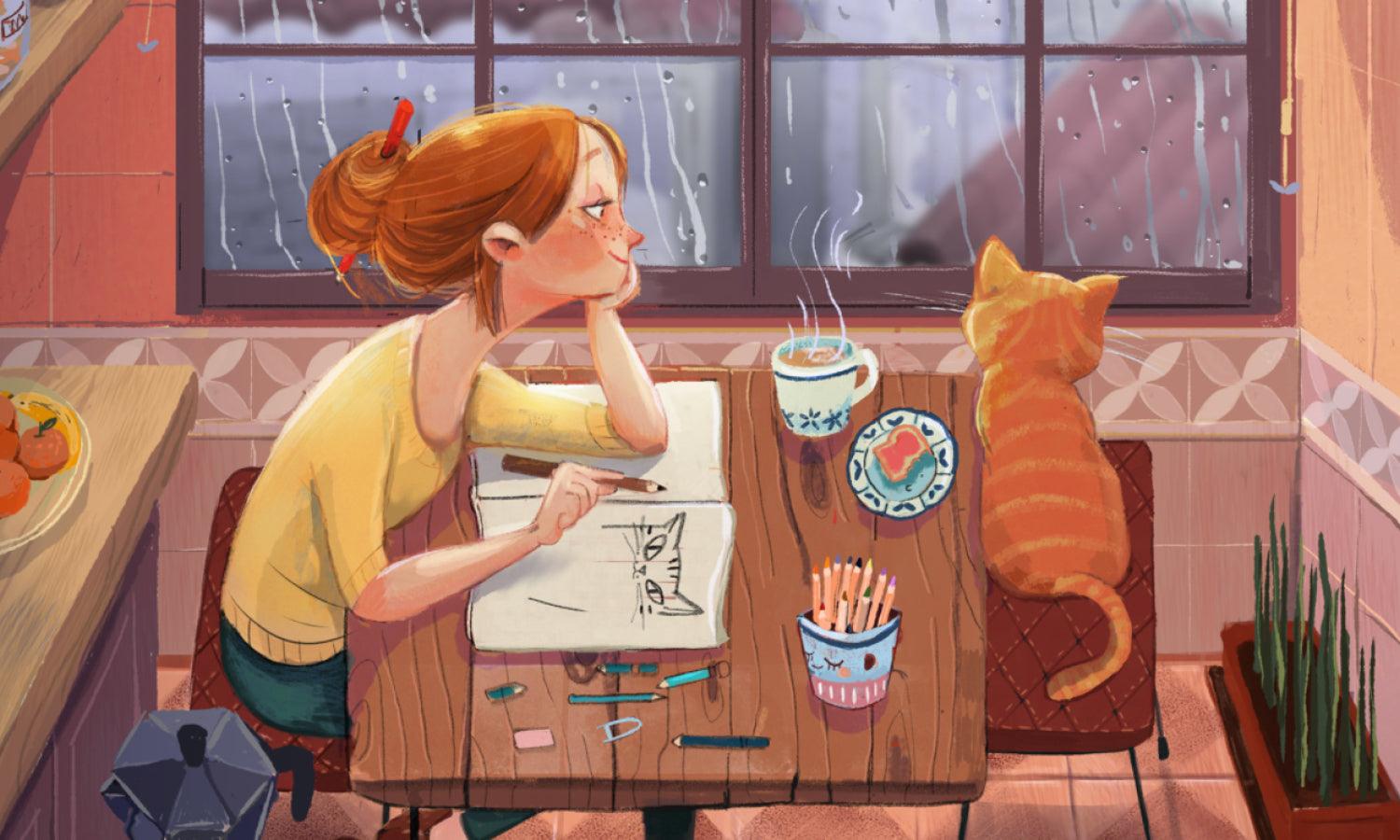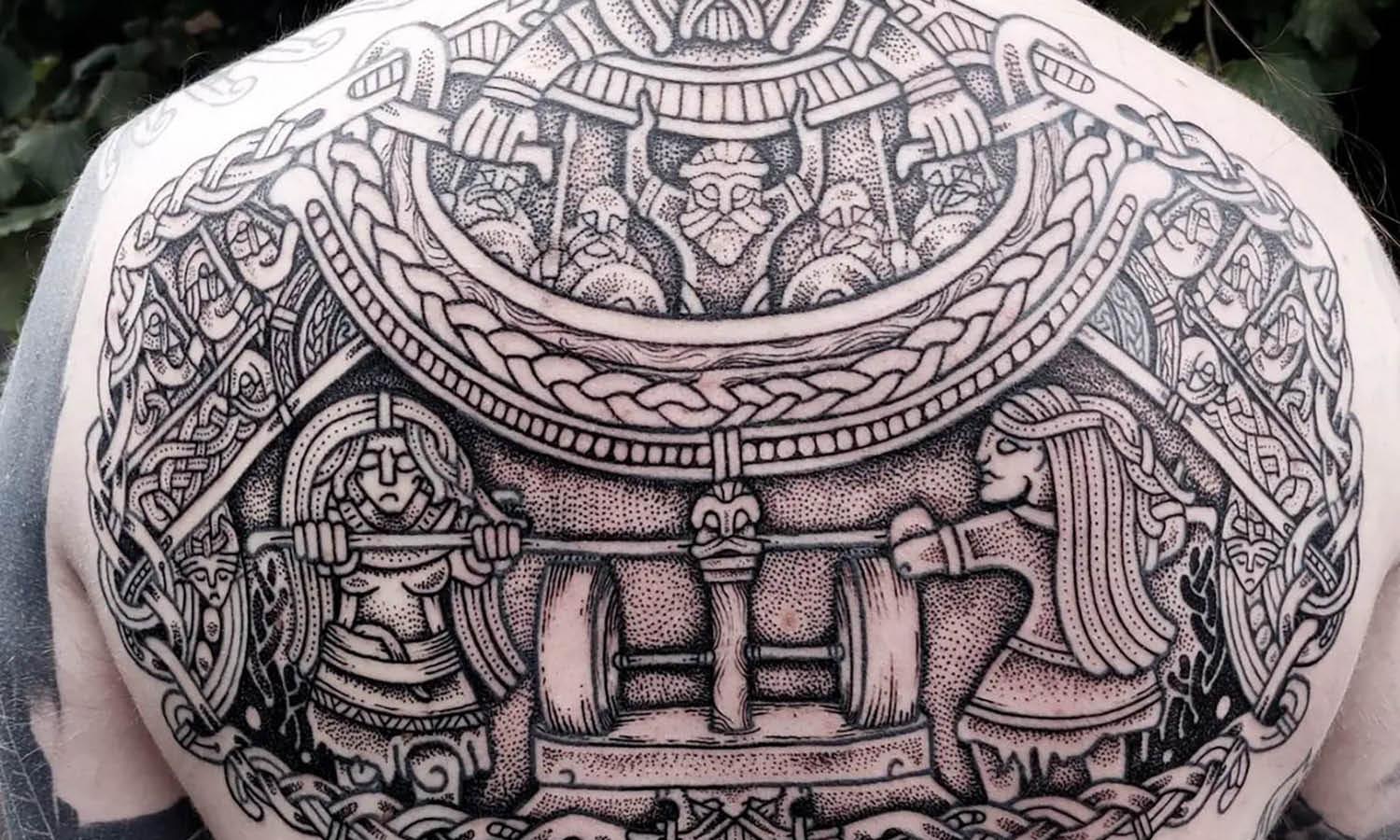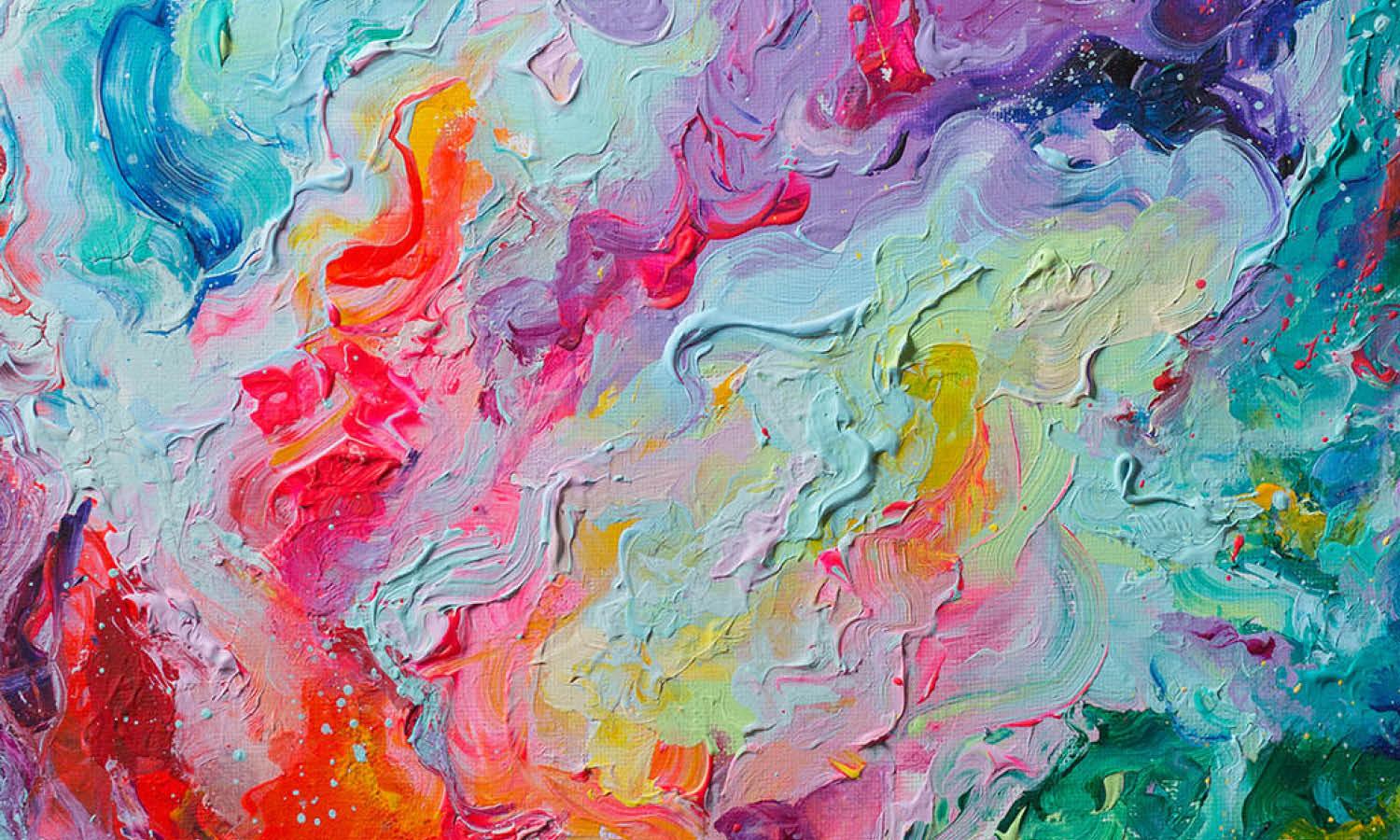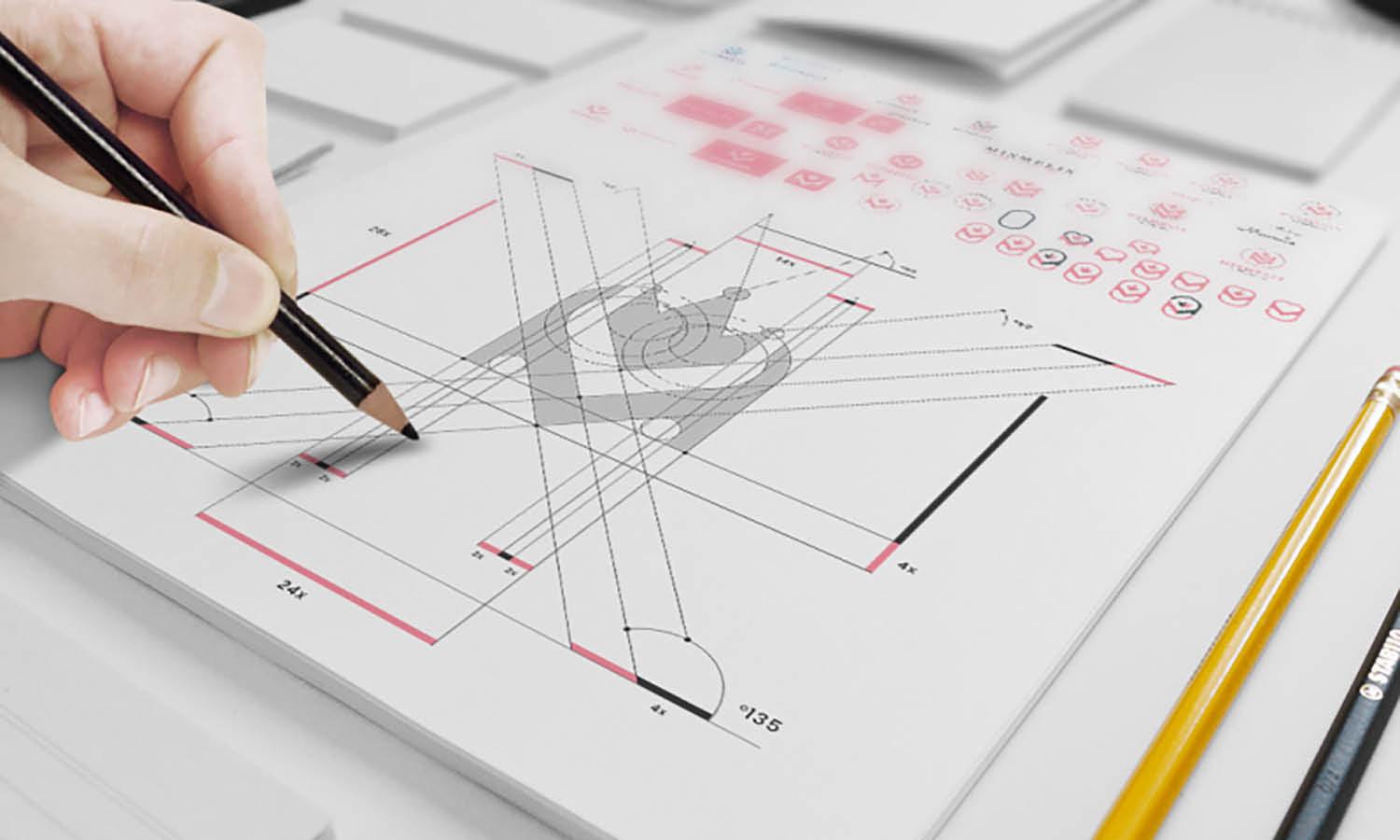30 Best Herb Illustration Ideas You Should Check

Source: Song Hee Lee, Behance, https://www.behance.net/gallery/41276393/Organic-Herbs-Painting
Herb illustration has a way of turning everyday greens into lively works of art that spark imagination and curiosity. From the delicate veins of a basil leaf to the rustic texture of rosemary sprigs, these illustrations can capture the soul of nature in the most playful yet detailed manner. This article is here to showcase some of the best herb illustration ideas to check, giving you a burst of inspiration whether you are sketching, painting, or digitally crafting your own designs.
What makes herb illustration so exciting is its versatility. You can experiment with bold watercolor washes that highlight mint leaves, or try fine ink detailing to emphasize lavender’s intricate stems. There is room for whimsical touches too—imagine tiny characters harvesting thyme or a dancing sprig of sage with a mischievous smile. These approaches bring freshness and personality to a traditionally botanical subject.
As you explore these herb illustration ideas, you’ll notice how textures, colors, and compositions can turn simple plants into expressive storytelling elements. Whether you are creating for a culinary project, an educational poster, or a decorative print, these concepts will give your artwork a fun and memorable edge while celebrating nature’s green treasures.
Herb Illustration Ideas

Source: Lucid Eve, Dribbble, https://dribbble.com/shots/4812974-Herbalist

Source: Audyova_art, Instagram, https://www.instagram.com/p/BusWc13lYFM/

Source: Calliebarbasart, Instagram, https://www.instagram.com/p/B9b28-lnnlT/

Source: Sophielevendesigns, Instagram, https://www.instagram.com/p/CHxn_zcBHoq/

Source: Digitalartsi, Instagram, https://www.instagram.com/p/BsD-00ElfHL/

Source: Caleri_design, Instagram, https://www.instagram.com/p/CNiXfOgDS9F/

Source: Olevusart, Instagram, https://www.instagram.com/p/DBnnQ0ttwD8/

Source: Sara_brenton_illustration, Instagram, https://www.instagram.com/p/BXmA8YeB8fW/

Source: Dewintonpaperco, Instagram, https://www.instagram.com/p/COzdHT8HD_v/

Source: Jennajuffuffles, DeviantArt, https://www.deviantart.com/jennajuffuffles/art/Sweet-Horticulturalist-Opens-Shop-966684707

Source: Ninaapplepine, Instagram, https://www.instagram.com/p/CKh0e5Snq_y/

Source: Bexartetc, Instagram, https://www.instagram.com/p/CDGSoWqH2Bb/

Source: Mkwmakesthings, Instagram, https://www.instagram.com/p/CGihdOpgSZ-/

Source: Danelys.sidron, Instagram, https://www.instagram.com/p/CE5eokKhC4F/

Source: Hannahgraceoc_, Instagram, https://www.instagram.com/p/CXLwc4qK36s/

Source: Andiehannadesigns, Instagram, https://www.instagram.com/p/CKEQktfHrLb/

Source: Nim.fineart, Instagram, https://www.instagram.com/p/CupfbibI4l5/

Source: Kayo_takahashi, Instagram, https://www.instagram.com/p/ChW8V0mPtS-/

Source: Channarongsds, Instagram, https://www.instagram.com/p/CxTcBiKy5WZ/

Source: Flor__de_luna_, Instagram, https://www.instagram.com/p/CMgAC2QHmNg/

Source: Marigonasuliart, Instagram, https://www.instagram.com/p/CwdZhZAIyH4/

Source: Realoddphotography, Instagram, https://www.instagram.com/p/CvhrZFyglAy/

Source: Betty_crab, Instagram, https://www.instagram.com/p/B-h94EGFEIy/

Source: Ateliermouette, Instagram, https://www.instagram.com/p/DBZGgWmxAnY/

Source: Denarmen, Instagram, https://www.instagram.com/p/CvnBILqx2O6/

Source: Lucieell.art, Instagram, https://www.instagram.com/p/CqQJAdUtiKn/

Source: Efi Leidinger, Dribbble, https://dribbble.com/shots/17561060-Herbs-and-spices

Source: Svenja Strauch, Behance, https://www.behance.net/gallery/101803683/Herb-Gathering

Source: 頭 頭子, Behance, https://www.behance.net/gallery/175780543/-Herb-ook-

Source: Song Hee Lee, Behance, https://www.behance.net/gallery/41276393/Organic-Herbs-Painting
What Are Classic Elements In Herb Illustration?
Herb illustration is a fascinating art form that blends botanical accuracy with artistic flair. When artists dive into this genre, they often look for timeless components that bring herbs to life on paper or screen. Classic elements give herb illustration a recognizable charm and make each drawing feel fresh and full of character. Below are five key points that highlight the magic behind these elements, each adding its own spark of creativity.
Detailed Leaf Structures
One of the most beloved elements in herb illustration is the close attention to leaf details. Basil’s rounded leaves, thyme’s tiny clusters, and sage’s textured surface all become playgrounds for intricate line work. Artists love capturing the veins, edges, and subtle imperfections that make every leaf unique. This detail creates a sense of realism while still leaving room for imaginative twists, like swirling veins or patterned edges.
Lively Stems And Stalks
Herb illustration often celebrates stems as much as leaves. Rosemary sprigs might twist and curve, while mint stems appear fresh and juicy with slight bends. Artists use expressive strokes, sometimes adding whimsical curls or decorative flourishes. These lively stems guide the viewer’s eye through the composition and give the artwork a sense of movement.
Botanical Labels And Notes
Another classic element is the addition of elegant labels or handwritten notes. Imagine a sprig of parsley accompanied by a graceful script naming it, or small notations describing its fragrance. These details give herb illustration a vintage charm, as if it came from an old apothecary’s sketchbook, while still feeling approachable and modern.
Natural Color Palettes
Herb illustration thrives on colors inspired by nature. Artists often layer varying shades of green, accented by the soft purples of lavender or the silvery tints of sage. Watercolor washes, colored pencils, or digital brushes can all be used to capture these organic hues. Mixing subtle highlights and shadows adds depth, making the herbs look vibrant and touchable.
Playful Decorative Borders
Many herb illustrations are framed with decorative borders, such as looping vines or delicate dotted lines. These playful touches not only balance the composition but also add personality to the piece. A border of tiny illustrated flowers or herbs can tie the whole artwork together, making it feel like part of a larger botanical collection.
These classic elements bring life and personality to herb illustration, making each piece more than just a drawing of plants. They invite viewers to look closer, appreciate the details, and enjoy the creative charm that herbs inspire in every artist’s hand.
What Colors Are Typically Used In Herb Illustration?
Herb illustration is a joyful celebration of nature’s palette, and the colors chosen can turn a simple drawing into something unforgettable. Artists who work in this genre often lean into shades that feel both earthy and vibrant, giving each leaf, stem, and blossom a lively personality. Below are five points that reveal the most typical colors used in herb illustration and how they make these artworks feel fresh and full of character.
Rich Leafy Greens
At the heart of herb illustration is an endless playground of greens. Basil bursts with bold emerald tones, while mint often shows off softer, pastel-like greens. Layering light and dark green shades creates dimension and gives each leaf its unique glow. Some artists add playful strokes of yellow-green or blue-green, making their leaves look almost alive.
Warm Golden Accents
Herb illustration isn’t limited to green alone—warm golden accents often sneak in to add depth. Think of dried rosemary tips touched by golden sunlight or oregano edges kissed by late-afternoon warmth. Artists sometimes use hints of ochre or soft yellows to highlight veins or edges, giving their herbs a sun‑drenched charm.
Earthy Browns And Tans
Stems, soil clumps, or vintage background papers often call for earthy browns and tans. These colors ground the illustration, making the herbs feel rooted and organic. A sprig of thyme drawn with soft brown strokes on its stalk can evoke a rustic, handmade feel that draws viewers into a world of gardens and spice racks.
Pops Of Floral Purples And Whites
Many herbs surprise with tiny blossoms, and herb illustration celebrates these with pops of unexpected color. Lavender’s soft purples, chive flowers’ lilac hues, and even thyme’s dainty pinkish tones add delightful contrasts. White blossoms, often edged with pale gray or cream, bring a fresh and airy lightness that breaks up the green sea.
Subtle Grays And Shadow Washes
To make herbs stand out, artists use grays and shadow tones for depth. A gentle gray wash around a sage leaf or a smoky shadow behind a dill sprig makes the foreground pop. These subtle touches keep the composition balanced while adding a dreamy, soft atmosphere.
Colors in herb illustration tell a story of growth, freshness, and creativity. By mixing these classic hues with imaginative strokes, artists create pieces that feel alive, bursting with the essence of the garden and ready to inspire anyone who gazes at them.
What Style Works Best For Herb Illustration?
Herb illustration is a delightful world where art and nature mingle, and finding the right style can turn a simple sketch into something extraordinary. Artists love experimenting, but some styles have stood out over the years as truly iconic for capturing the character of herbs. Below are five points that show which styles work best for herb illustration and why they bring such a lively, unforgettable charm.
Botanical Realism
One of the most beloved styles in herb illustration is botanical realism. This approach focuses on accurate shapes, true-to-life colors, and intricate details like tiny leaf veins or stem textures. It feels as though the herbs have been plucked right from the garden and placed on paper. Viewers often linger over these illustrations because they feel both educational and beautifully crafted.
Whimsical Line Art
For artists who enjoy playful creativity, whimsical line art is a fantastic style for herb illustration. Bold outlines, flowing curls, and imaginative flourishes can make herbs look like characters in a storybook. A sprig of mint might have a twinkle in its leaf, or basil leaves might sway with gentle curves, giving your artwork a fun personality that makes people smile.
Watercolor Expression
Watercolor is a classic medium that pairs perfectly with herb illustration. Loose washes of green blend softly into deeper shades, creating a sense of movement and freshness. The transparency of watercolor allows layers to shine through, mimicking the delicate quality of herb leaves. Many artists enjoy splattering tiny specks of paint to evoke the wildness of nature.
Vintage Engraving Style
A vintage engraving or etching style gives herb illustration a timeless and collectible feel. Think of those old herbal guides with precise cross-hatching, elegant shadows, and beautifully labeled plants. This style works well in black and white or muted tones, offering a sophisticated charm that makes each herb look like a treasure from an ancient apothecary.
Modern Minimalism
On the other end of the spectrum, modern minimalism focuses on clean lines, simple shapes, and restrained color palettes. A single basil leaf outlined in crisp black with a soft green fill can feel bold and fresh. This style works beautifully for packaging designs, posters, or contemporary kitchen prints, showing how herb illustration can thrive with just a few thoughtfully chosen elements.
Each of these styles brings its own flavor to herb illustration, turning familiar plants into engaging works of art. Whether you prefer detailed realism or bold minimalism, the key is to let the natural beauty of herbs inspire your creative hand.
What Makes A Good Background For Herb Illustration?
Herb illustration is already full of lively leaves, winding stems, and delicate blossoms, but the background can truly set the mood and elevate the entire piece. A well‑chosen background does more than fill empty space—it frames the herbs, enhances their details, and gives the artwork a distinct personality. Below are five points that show what makes a good background for herb illustration and how these choices can make your art feel vibrant and unforgettable.
Soft Neutral Washes
A gentle background wash in subtle beige, pale cream, or light gray is a classic choice. These colors allow the greens and florals of the herbs to stand out without distraction. Many artists enjoy adding a textured wash that mimics old parchment or handmade paper, giving the herb illustration a timeless charm that feels warm and inviting.
Delicate Botanical Patterns
Instead of leaving the space plain, some artists weave faint botanical patterns behind their herbs. Imagine faded silhouettes of other leaves, sprigs, or tiny seeds dancing around the main subject. These patterns add depth and narrative, as if the herb is part of a larger hidden garden, without overpowering the primary illustration.
Watercolor Splashes And Gradients
A background with playful watercolor splashes can bring energy and spontaneity to herb illustration. Soft gradients that fade from one shade to another—like a minty green blending into sky blue—give the artwork a dreamy vibe. This approach works beautifully when you want to emphasize freshness and movement, as if a breeze is gently passing through the leaves.
Rustic Textures And Wooden Tones
For a more grounded feel, artists often turn to rustic textures in their backgrounds. Wooden plank effects, light tan speckles, or the suggestion of burlap fabric evoke the feeling of kitchens, farms, and herb markets. This earthy touch creates a cozy atmosphere, making the herb illustration feel as though it belongs in a cherished cookbook or herbal journal.
Minimalist White Space
Sometimes, the best background is almost no background at all. Leaving generous white space around the herbs gives them breathing room and makes every detail pop. This style is especially effective for modern prints, labels, and digital designs. The simplicity invites viewers to focus entirely on the curves of the leaves and the elegance of the composition.
When thoughtfully chosen, a background becomes more than a backdrop—it becomes part of the story you’re telling through your herb illustration. Each option, from soft washes to textured patterns, brings its own character and helps your artwork bloom with charm and originality.
What Are The Best References For Herb Illustration?
Herb illustration becomes more exciting when you have amazing references to spark your creativity and guide your hand. The right references can reveal hidden details in leaves, stems, and blossoms that you might have never noticed before. They give your work depth, accuracy, and a sprinkle of artistic magic. Below are five fantastic sources of reference that can take your herb illustration projects from ordinary to unforgettable.
Real Herb Gardens And Markets
Nothing beats seeing herbs in person. Visiting a local herb garden or strolling through a lively farmers’ market lets you observe fresh basil, rosemary, and thyme in all their glory. You can touch the leaves, study the subtle color shifts, and sketch them on the spot. These real‑life encounters give your herb illustration authenticity and a sense of living energy that photographs sometimes can’t capture.
Classic Botanical Books And Archives
Old botanical reference books are treasures waiting to be explored. These pages are filled with detailed engravings, hand‑painted herb specimens, and notes from artists and scientists of past centuries. Studying these illustrations can teach you how to capture structure and shading with elegance. They also offer vintage styles that you can reinterpret in your own fun and modern way.
Online Image Libraries And Databases
Digital collections open up a world of reference material at your fingertips. Many art libraries, plant databases, and museum archives feature high‑resolution images of herbs from around the globe. You can zoom in to examine the fuzzy texture on sage or the fine hairs on oregano stems, gaining insight into details you may want to highlight in your herb illustration.
Contemporary Illustration Portfolios
Looking at what other artists are creating can be wonderfully inspiring. Search through portfolios of illustrators who specialize in botanical art. Notice how they handle color palettes, line work, or whimsical compositions. Seeing modern interpretations of herb illustration encourages you to experiment with fresh ideas while still honoring traditional plant forms.
Field Sketches And Personal Journals
Keeping your own sketch journal can become one of the most rewarding references over time. When you quickly draw herbs from your kitchen or garden, you capture unique angles and spontaneous details. These rough sketches often contain lively energy and personal marks that polished references might lack. Returning to your own pages can spark new ideas whenever you begin a new herb illustration.
Great references are like a secret ingredient in your creative process. By blending insights from real herbs, vintage archives, online libraries, modern portfolios, and personal sketches, your herb illustration work will bloom with character, charm, and a style that feels completely your own.
Conclusion
A well‑crafted herb illustration captures the beauty, texture, and character of plants in a way that feels timeless and educational. From detailed leaf structures to vibrant color palettes and thoughtful styles, every choice you make adds depth to your artwork. Studying real herbs, exploring different mediums, and experimenting with creative approaches can help you develop a unique visual voice. Whether you are illustrating for educational materials, culinary branding, or personal projects, herb illustration offers endless inspiration. By focusing on classic elements and thoughtful techniques, your illustrations can celebrate nature while standing out as meaningful pieces of art.
Let Us Know What You Think!
Every information you read here are written and curated by Kreafolk's team, carefully pieced together with our creative community in mind. Did you enjoy our contents? Leave a comment below and share your thoughts. Cheers to more creative articles and inspirations!
















Leave a Comment